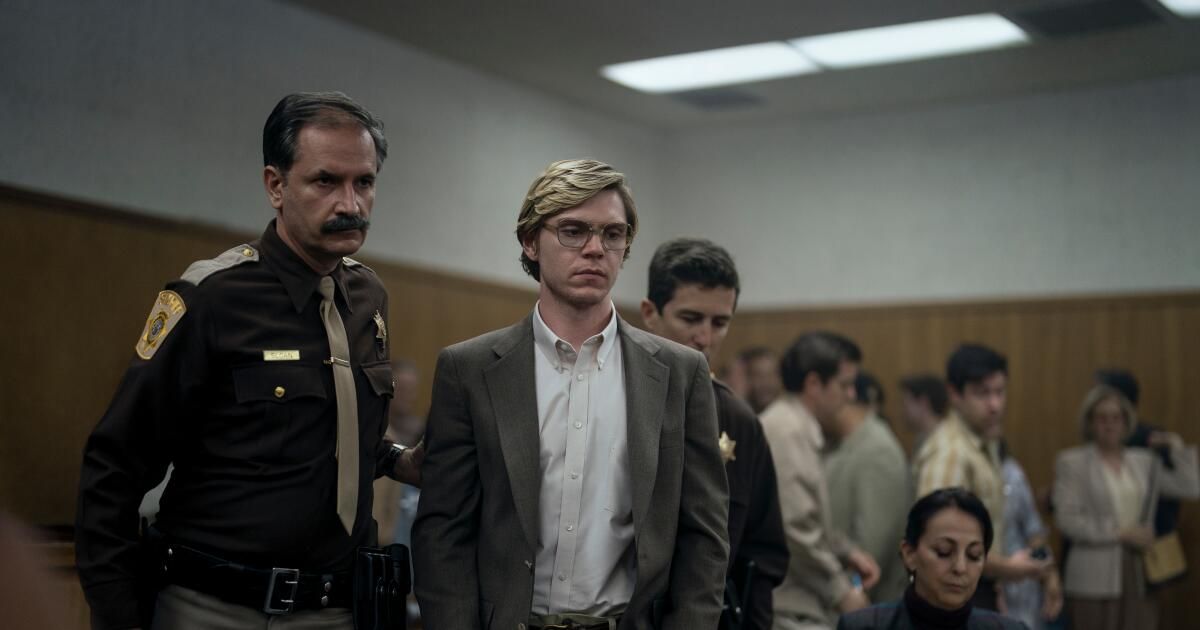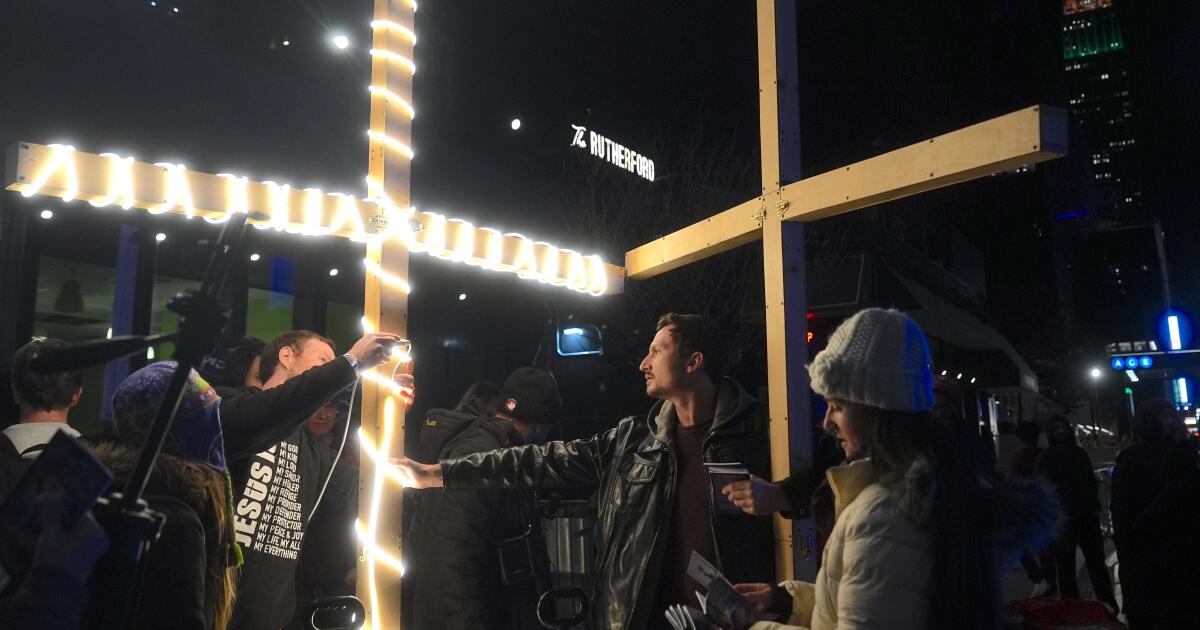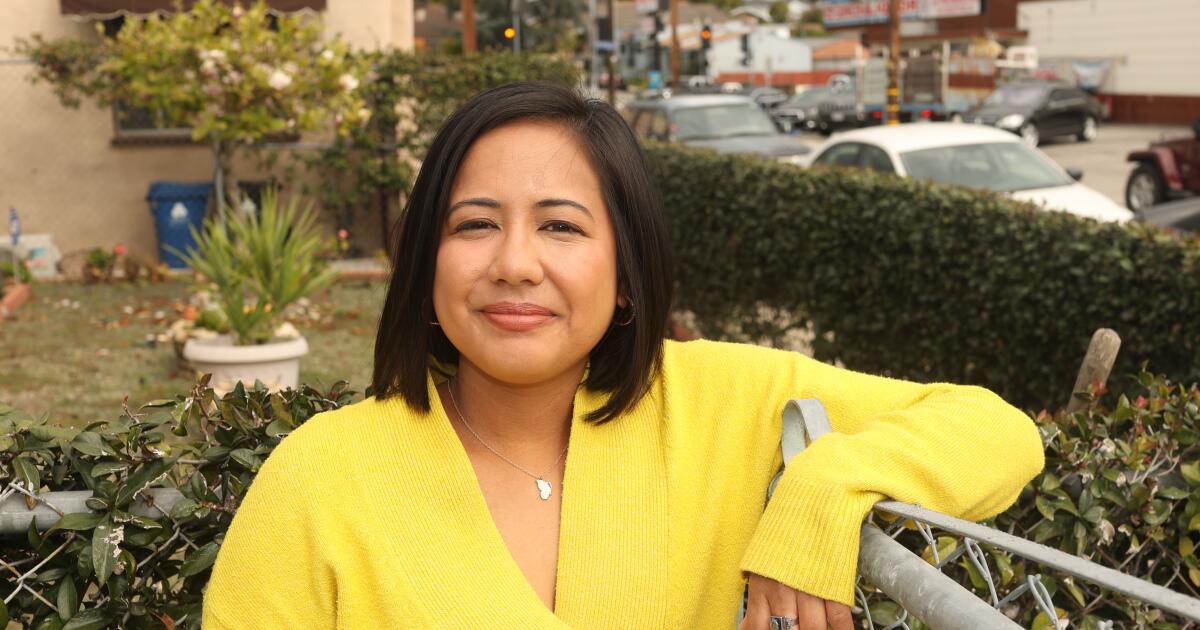Before true crime had its recent resurgence in American popular culture, I began researching the murder of Lance Herndon, a black man.
In the spring of 2001, he was working as a magazine editor in New York City when, about 900 miles south, in Atlanta, an explosive murder trial made headlines. The case was fascinating: a 41-year-old high-profile technology entrepreneur was found naked and beaten to death in his mansion. Among the suspects were a series of scorned lovers and business rivals.
I caught a flight to Atlanta and began investigating the mysterious death of Herndon, a Gatsby-esque figure in a world of struggling black nouveau riche. The experience of printing the book, and then, last September, watching its screen adaptation starring Taye Diggs, showed me what has and hasn't changed for the genre.
Back then, true crime was not the industry behemoth it is today. The genre had its classics, such as, for example, “In Cold Blood” or “Midnight in the Garden of Good and Evil.” But major publishers largely saw true crime as a niche market.
my book proposal It was not an easy sell in this environment. In addition to the stigma of the genre, it had an all-black cast: victim, suspects, witnesses and district attorney. A publisher acquired the project and canceled it a few months later. With the support of the Manhattan literary agency Dystel and Goderich, six years later, Amistad/HarperCollins published “Redbone: Money, Malice, and Murder in Atlanta.” I saw my book as a hopeful sign that true crime would expand and find broader appeal by putting people of color center stage.
My optimism was premature.
Since then, the genre has exploded. As Janet Nguyen wrote for Marketplace in 2022: “true crime “It now consists of seemingly countless subgenres, spanning multiple platforms including network and cable television, streaming services, and podcasts.” It also attracts a diverse audience: True crime podcasts, a popular segment, count Latino and Black listeners as the most loyal, according to a Pew Research Center report. published last year.
However, while true crime has grown, the type of story it favors has not.
Whether it's acclaimed podcasts like Serial and Bone Valley, or hit shows like the Netflix miniseries”Murdaugh Murders: A Southern Scandal”, a true crime fan could enjoy the genre for days without seeing a black victim or perpetrator. (These also reflect trends in scripted crime TV shows: A analysis 2020 found that at least 81% of the writers on these series were white, and among 26 shows studied, 20 had one or no black writers). Media studies explain the dearth of black central characters in true crimes this way: white American audiences do not identify enough with African Americans to invest in stories featuring blacks.
Critics of the genre warn that the homogeneity of true crime stories not only reflects racial prejudices, but also exacerbates them, negatively influencing police action and public perceptions of victims. In a gripping 2020 essay for the Campaign titled “The Enduring and Pernicious Whiteness of True Crime,” journalist Elon Green puts it this way: “It is difficult to overstate how inaccurate and harmful the results and perceptions created by so much whiteness have been. . Generations of readers have been led to believe that murder victims are usually women killed by men and that black serial killers are rare. Neither statement is true.” Green subpoenas the FBI statistics showing that the majority of homicide victims are men murdered by other men, and that the race of serial killers match with the racial composition of the United States as a whole.
It's no surprise that, rather than covering this diverse reality, true crime has gained a reputation for focusing on White women victims. Journalist Gwen Ifill famously coined the phrase “missing white woman syndrome” to describe the media's obsession with that demographic, in contrast to the relative neglect of missing women of color. The data bears this out: A 2017 study found that white women made up almost half of missing persons news coveragedespite representing a smaller proportion of total cases, while blacks were “significantly underrepresented” in coverage.
Incorporating more stories from marginalized people would not only make the true crime genre more accurate. It might also make you more responsible. Consider that some of the most important criticisms of the Netflix show about serial killer Jeffrey Dahmer, who primarily killed Black LGBTQ men in Milwaukee, came from Black queer people who had lived in that city and commented on how the production re-traumatized their communities, did not consult families of the victims and sensationalized the tragic events.
It's time for true crime to catch up with reality, end its cover-up, and hire more writers, directors, and producers of color. They can broaden the industry's view of American life and its criminal underbelly, and who that underbelly hurts and kills.
I was glad to see the Lance Herndon case come to television last year on BET. But it's still disturbing to wonder if any network that didn't have “Black Entertainment” in its name would pay the same attention to a black true crime story.
Ron Stodghill, a professor at the Missouri School of Journalism, is the author of “Where Everyone Looks Like Me: At the Crossroads of America's Black Colleges and Culture.”











